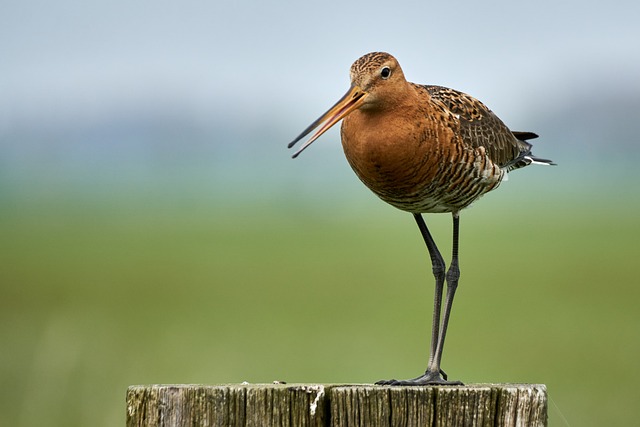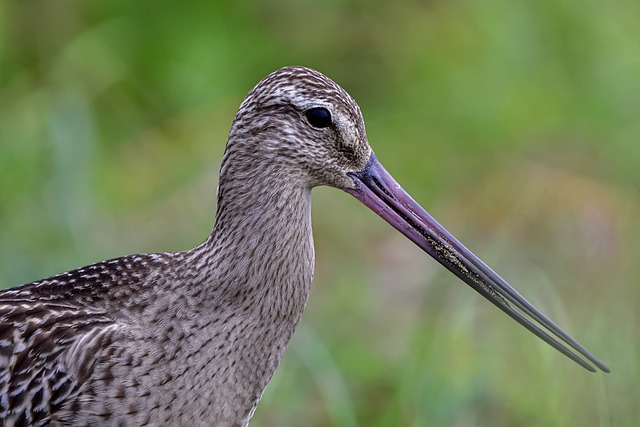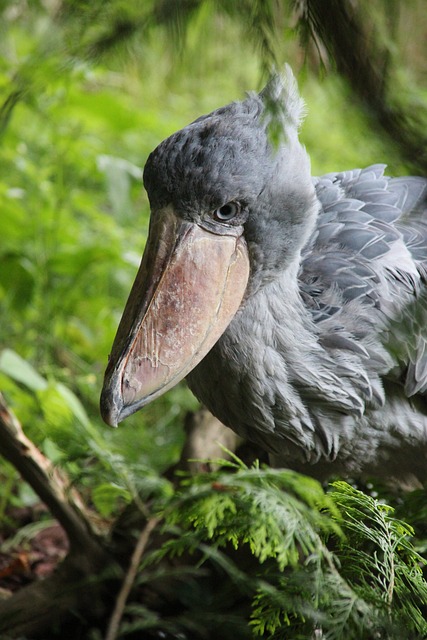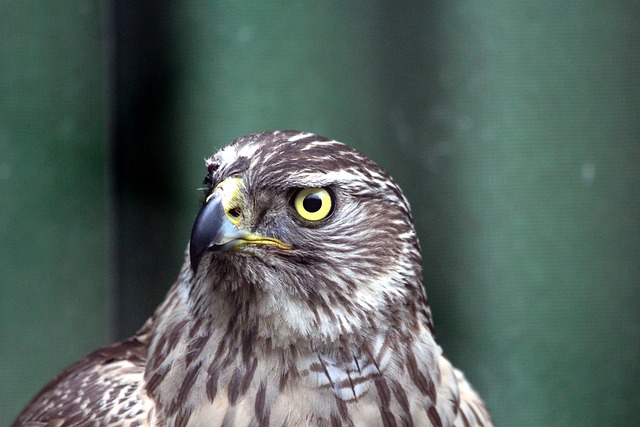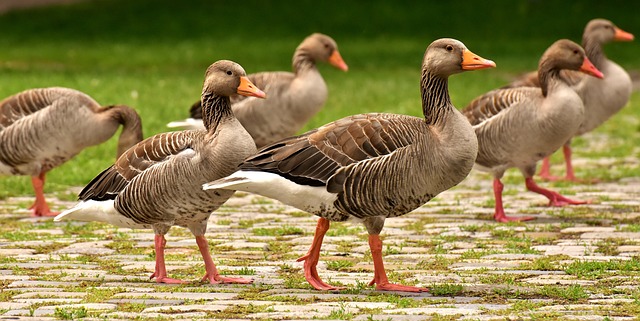The Common Pochard, also known as the Aythya ferina, is a species of diving duck that can be found across Europe, Asia, and Africa. It is an excellent swimmer and diver and is known for its beautiful and distinctive coloring. The Common Pochard is an important species of waterfowl and plays a valuable role in the health of the local ecosystems.
Introduction
The Common Pochard is a medium-sized duck species, measuring up to 17 inches in length and weighing up to two pounds. It has a stocky body and a long, broad bill. Its plumage is mostly black with a white back and rump, contrasting with its glossy dark head and neck. The bill is gray-brown with a black tip, and its eyes are dark. The legs and feet are orange-brown.
In the wild, the Common Pochard is a sociable bird with a large, extended family. During the breeding season, it forms large flocks and is often seen in large numbers on lakes and rivers. The Common Pochard is a strongly migratory species, moving from its breeding grounds in winter to its wintering grounds in Africa, Central and South Asia.
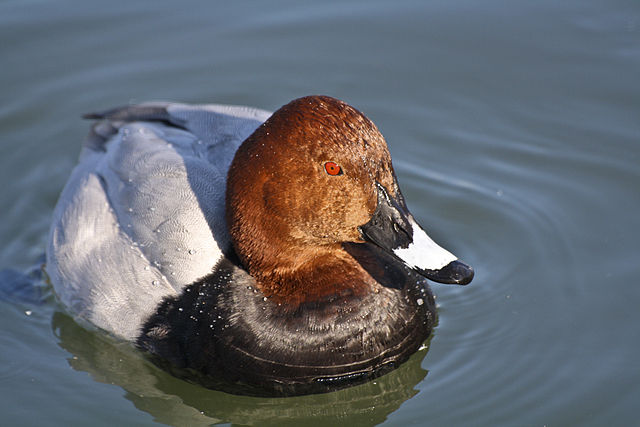
The Common Pochard has an omnivorous diet, with some of its favorite food items including aquatic invertebrates, aquatic plants, mollusks, and aquatic insects. It is a surface feeder, meaning it feeds by dipping its head underwater and scooping up food with its bill. It also dives and swims underwater to feed, but not as often as some other diving ducks.
The Common Pochard breeds from April to August, with peak breeding occurring in June. The nest is a shallow cup of grass and leaves, usually situated close to the water. The female lays four to eight eggs, which are incubated for about three weeks. Once the chicks hatch, the female will lead them to food and protect them until they are old enough to fend for themselves.
The Common Pochard is an active and vocal bird, with a variety of different calls and displays. Its flight is rapid and direct, and it is capable of strong, sustained flight, allowing it to migrate over long distances. It is also an excellent swimmer and diver, and can remain underwater for up to a minute.
Despite its wide range and large population, the Common Pochard is listed as Near Threatened by the IUCN Red List of Threatened Species. The main threats to its population include habitat destruction, hunting, and fishing. Conservation efforts are being made to protect the species and its habitat, and to ensure that its population remains healthy and stable.
Physical Characteristics
The Common Pochard, Aythya ferina, is a species of diving duck native to many parts of Europe, Asia and Africa. Although the species is common in these regions, it is considered an endangered species due to various threats and the population has been decreasing steadily.
The Common Pochard has a striking overall appearance, with a glossy black head, red eyes, and a distinctive blue-gray bill. The back and sides are dark brown or black, and the underparts are usually white with some faint streaking on the breast. The wings are dark brown or black with white patches at the base which can be seen in flight. The species has an average body length of 46-54 cm (18-21 in) and an average wingspan of 68-75 cm (27-29 in). They typically weigh in at 1.3-2 kg (3-4 lbs).
In the breeding season, the male Common Pochard develops a bright white patch at the base of its bill, which is absent in the winter. During the pre-breeding molt, the males also develop a white patch at the neck. The males are generally larger than the females and have a brighter coloration.
The Common Pochard is a strong and powerful swimmer and is capable of diving and swimming underwater for extended periods of time in search of food. It has a distinctive swimming style characterized by rapid, shallow dives and rapid upward strokes of its feet.
The Common Pochard is a very vocal species, with a variety of calls used for communication between individuals. The most commonly heard call is a high-pitched, “wee-wee”, which is a warning call used to alert other birds to potential danger. Other vocalizations include a “woo-woo” call, a soft “cooing” call, and a sharp “krick” or “krik” call.
Diet and Foraging
The Common Pochard is a species of diving duck that relies on aquatic food sources for sustenance. The Common Pochard’s main diet consists of a variety of aquatic animal life, such as aquatic insects, mollusks, crustaceans, aquatic worms, amphibian larvae, and small fish. They can also feed on plant matter, such as seeds, roots, and aquatic vegetation.
The Common Pochard is a skilled forager that can find food sources both above and below the waterline. During their foraging trips, Common Pochards will dive under the water to search for food and will also feed on the surface and on shorelines. When they are searching for food on the surface, the Common Pochard will use a short, shallow dive to pick up aquatic prey.
The Common Pochard is an opportunistic forager and will take advantage of whatever food sources are available. They are known to consume dead fish, which they can detect by their strong sense of smell. The Common Pochard is also known to take advantage of food sources created by humans, such as breadcrumbs, grain, and even fish scraps from fishermen.

The Common Pochard will feed in large flocks during the winter months when food sources are low. This behavior helps the Common Pochard to find food more efficiently. The Common Pochard is also a capable hunter and will chase after small fish to capture them.
The Common Pochard is also known to forage in land, where they will search for insects, small invertebrates, and seeds. This behavior is more common during the breeding season, when the Common Pochard will feed on land to bring food back to their young.
The Common Pochard is a capable forager that can find food sources both above and below the waterline. Their diet consists of a variety of aquatic animal life, such as aquatic insects, mollusks, crustaceans, aquatic worms, amphibian larvae, and small fish. The Common Pochard is also known to take advantage of food sources created by humans, such as breadcrumbs, grain, and fish scraps. The Common Pochard will also search for food on land during the breeding season, where they will feed on insects, small invertebrates, and seeds.
Breeding Habits
The Common Pochard begins its breeding season in mid-April, when the male will search for a mate. He typically chooses a female from a flock of around 40 birds, and will then build a nest together with his mate. The nest is usually constructed near the shore of a lake or river, and is made of reeds, grass or rushes. The female will then lay 5-9 eggs, which are pale creamy-white and are marked with dark blotches.
After the eggs are laid, the male takes on the responsibility of incubating the eggs for around 24 days. During this time, the female will leave the nest to feed and rest. After hatching, the young chicks are cared for by both the male and female, who take turns at feeding and protecting them. They are fed a variety of food such as insects, crustaceans and small fish.
The young chicks fledge after 8-9 weeks, but they are not considered independent until around 12 weeks. At this point, they will leave the flock and begin to search for their own mates. The pair will then form a bond and create their own flock.
Common Pochards tend to be monogamous, meaning the pair will usually stay together for a number of years. This ensures that they are more likely to produce successful broods each season. During the breeding season, the male will also take on the role of defending the flock against any intruders.
In the latter part of the breeding season, around October, the flock will begin to migrate in search of a warmer climate. They usually travel in small flocks with members of the same species. During the migration, they are often seen stopping off at lakes and rivers to rest and feed.
Behavior
The behavior of the Common Pochard is quite distinctive. Common Pochards are typically quite social birds, and they are often found in small flocks. This behavior is also seen during the breeding season, when they form large colonies. These birds are highly active, and their movement is characterized by abrupt turns and dives.
Common Pochards generally migrate in large flocks, although there have been reported cases of solo migration. During migration, they often fly in low-altitude V formations.
The Common Pochard is known for its loud vocalizations. The males are particularly vocal during the breeding season, and they can be heard making loud and distinct calls. These calls are used to attract mates, as well as to communicate with other members of the flock.
Social dynamics among Common Pochards can be quite complex. While they usually flock together, they can also be territorial and aggressive. They are known to compete for food and nesting sites, as well as to establish dominance over other members of the flock.
Common Pochards are also quite intellectual birds, and they are capable of learning and adapting to new environments. They are known to find new sources of food in less than ideal conditions, such as when food is scarce. They can also be trained to respond to human commands, and they have been known to recognize their owners.
Overall, Common Pochards are intelligent and social birds that form flocks and migrate in large V formations. During the breeding season, they become quite vocal, and they often compete for resources and establish dominance over other members of the flock. They are also extremely adaptive, and they can quickly learn to exploit new sources of food.

